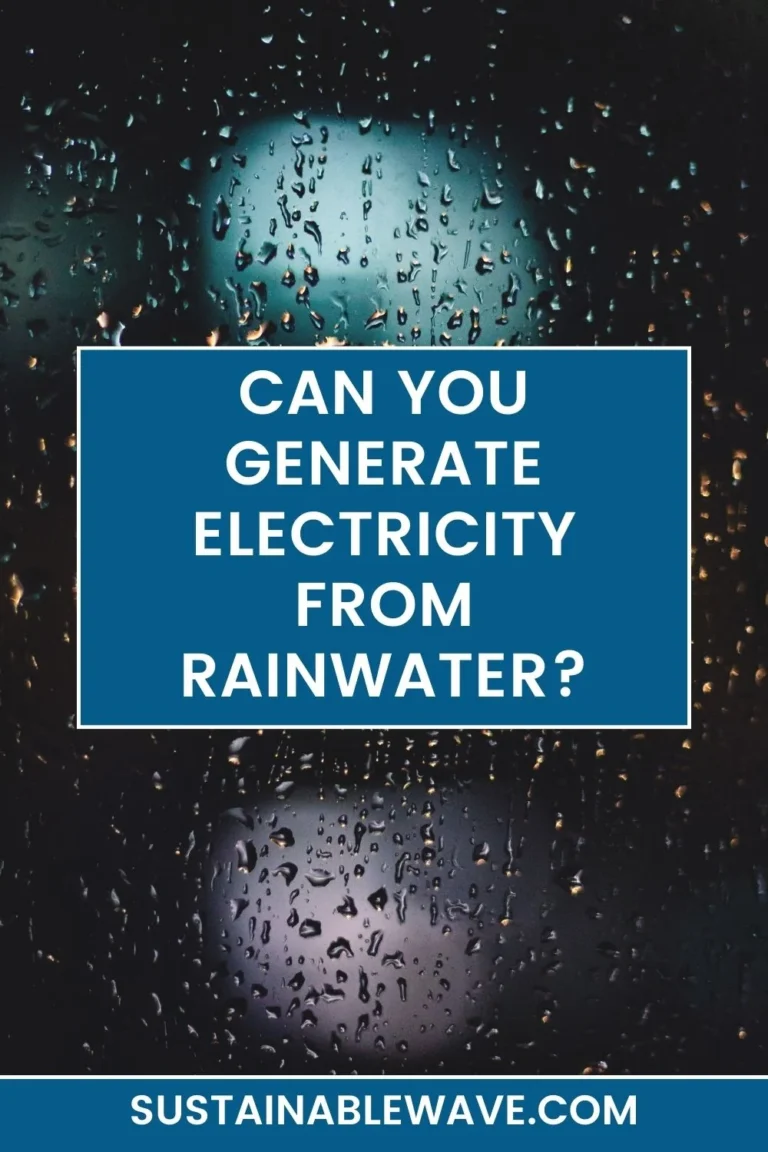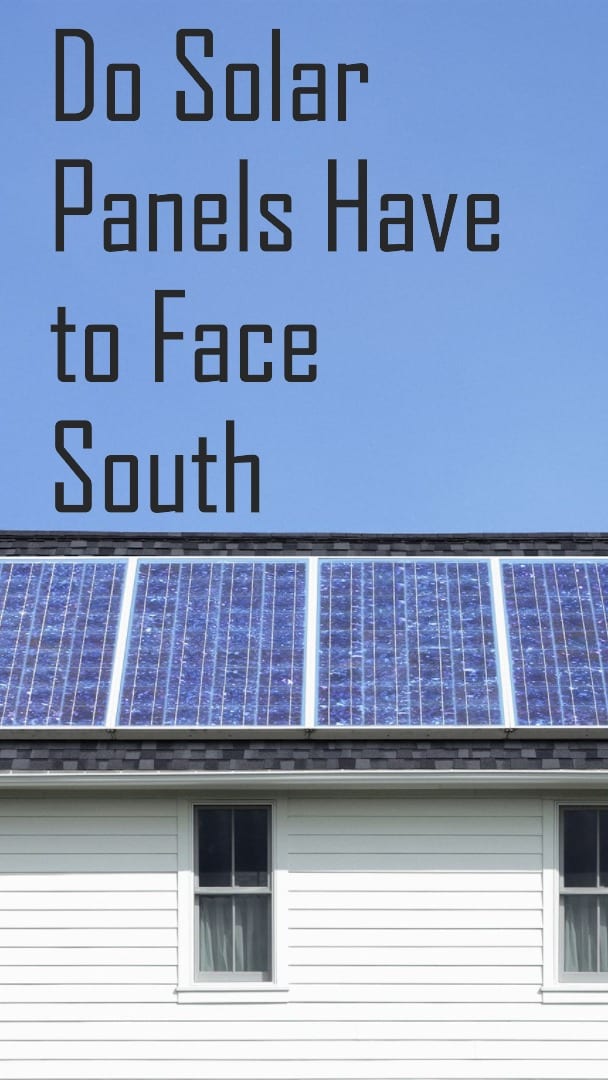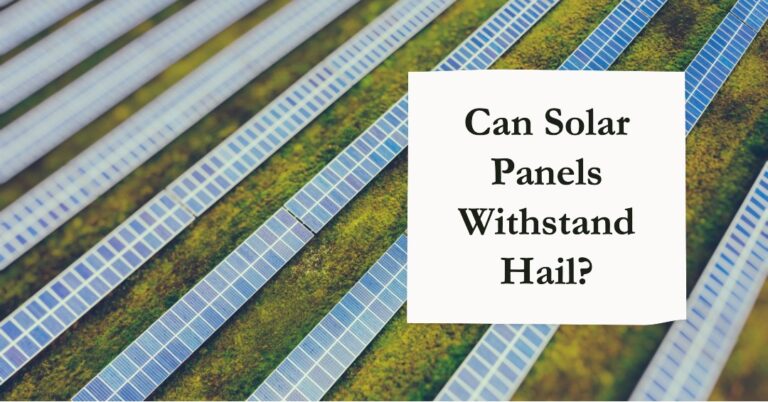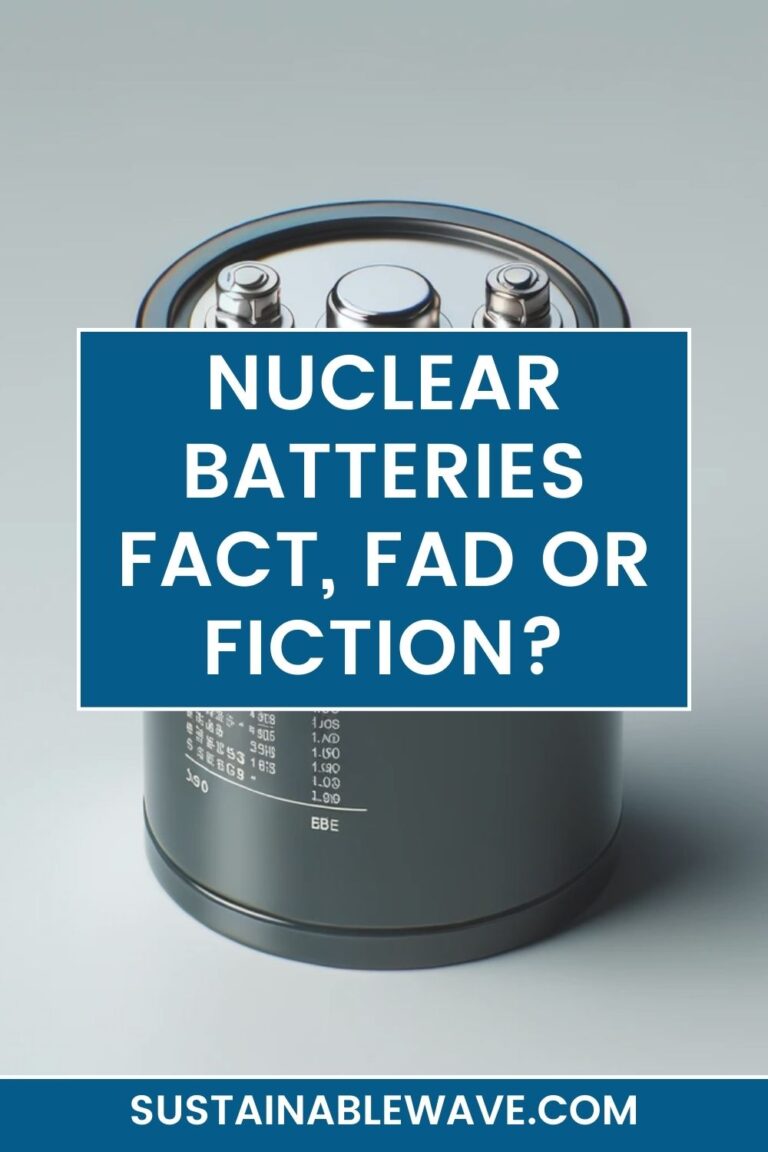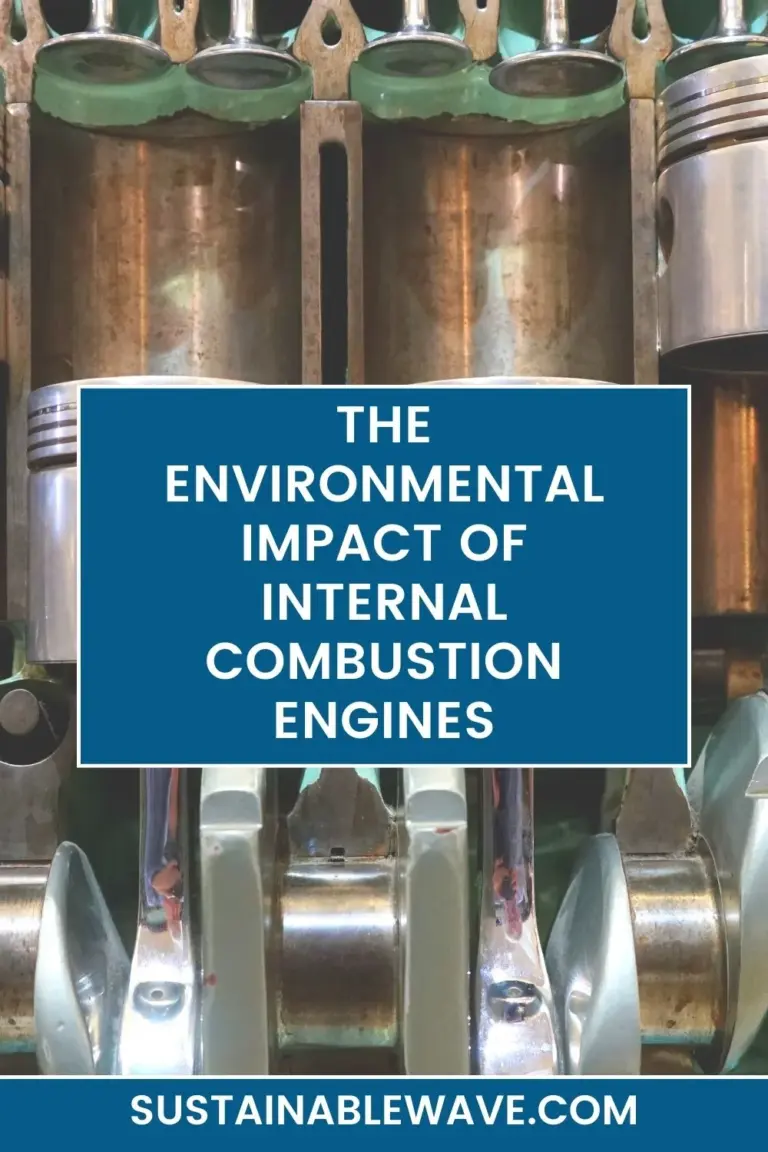In the quest for renewable energy solutions, a compelling question arises: can solar panels absorb moonlight to generate electricity? The short answer is yes but with a significant caveat.
While solar panels are technically capable of converting moonlight into power, their efficiency drastically plummets at night. Under the glow of a full moon, a solar panel producing 300 watts in daylight dwindles to a mere 1 watt, a minuscule fraction of its potential output.
This article delves into the intriguing mechanics of solar energy generation at night, the challenges it faces, and the innovative strides being made in this field. Join me in exploring the moonlit path of solar energy, illuminating the future possibilities and current limitations of harnessing the night sky’s faint glow.
The Basics of Solar Energy Generation
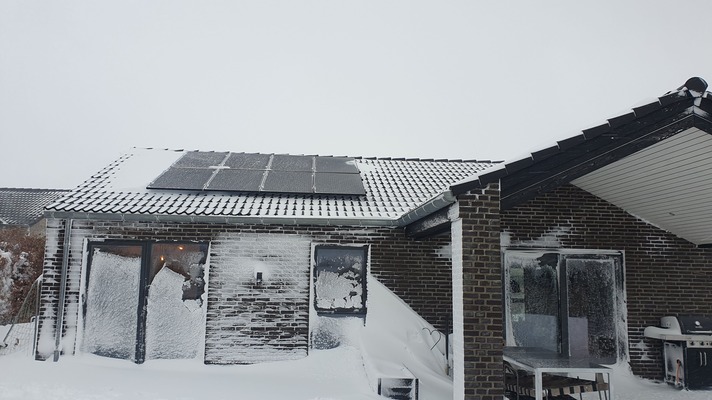
Solar energy harnessing, primarily during daylight, has become a cornerstone of renewable energy initiatives.
Traditional solar panels operate by converting sunlight into electrical power, capitalizing on the sun’s abundant energy. This conversion is facilitated through solar cells, typically made of silicon, which respond to the light’s photonic energy.
In ideal conditions, such as full sunlight, solar panels can achieve impressive efficiency. For instance, a standard solar array receives about 1000W per square meter of collector surface in full sunlight.
However, this energy generation is intrinsically tied to the presence and intensity of sunlight, limiting their effectiveness outside daytime hours.
Can Solar Panels Absorb Moonlight?
The intriguing possibility of solar panels generating power from moonlight has sparked curiosity and research. Moonlight, essentially reflected sunlight from the moon’s surface, does reach solar panels, albeit with significantly reduced intensity.
The stark reality is a drastic drop in energy conversion efficiency. Solar panels that produce around 300 watts in the daytime may only muster approximately 1 watts under the illumination of a full moon, a mere 0.3% of their potential output.
This efficiency drops even further with the moon’s phases and during cloudy nights, making reliable energy generation from moonlight highly challenging. The inconsistency of moonlight, affected by lunar cycles and atmospheric conditions, further complicates its feasibility as a dependable energy source.
Innovations and Research in Night-Time Solar Energy
When it comes to modern-day solar technology, innovative strides are being made to extend energy generation into the night.
Solar Thermophotovoltaic (STPV) cells, for example, represent a promising advancement. These cells can potentially store heat energy during the day and convert it into electricity at night. The concept involves adjusting solar energy to the preferred wavelength of the PV cell, optimizing energy conversion.
Experiments have yielded a specialized solar cell capable of producing 50 milliwatts per square meter when directed towards a clear night sky, about 0.04% of what a standard solar cell produces in daylight. While these figures are modest, they mark significant progress in harnessing night-time solar energy and open up avenues for future enhancements in solar panel efficiency after sunset.
Expert Experiments and Observations
Expert insights and real-world experiments provide valuable perspectives on the potential of solar panels to harness moonlight. Notably, an experiment revealed a stark efficiency ratio: a solar panel that typically produces 3450 watts in sunlight could only generate about 10 watts under a full moon, translating to an efficiency ratio of 345:1.
This ratio changes with the lunar cycle, further reducing the output during less illuminated phases. Such experiments underscore the limitations but also the possibilities of photovoltaic (PV) cells in converting various light sources, including moonlight, within the effective wavelength range of 400-1127 nm.
These observations are crucial in understanding the current capabilities and paving the way for future advancements in solar technology.
The Future of Solar Energy at Night
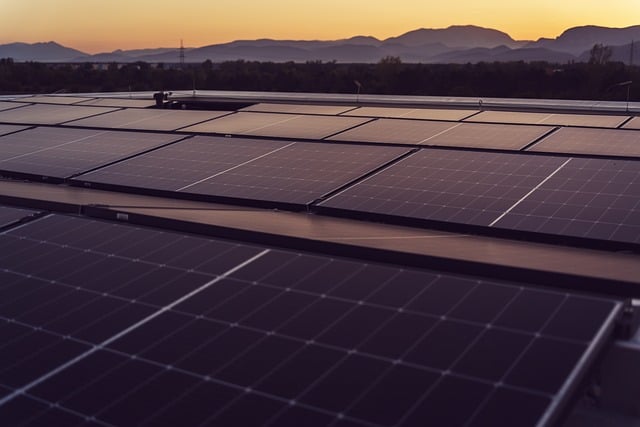
Looking ahead, the future of solar energy generation at night holds promising prospects despite current limitations. The ongoing research and development aim to enhance the night-time efficiency of solar panels.
Innovations like the use of the infrared spectrum and improvements in Solar Thermophotovoltaic (STPV) cells could revolutionize how solar energy is harnessed after dark. There is also potential in developing materials and technologies that can better store solar energy during the day for use at night, reducing the reliance on external energy storage systems.
As technology evolves, it’s conceivable that we will witness significant improvements in solar panels’ ability to efficiently convert not just sunlight but also low-light conditions like moonlight into usable energy.
Conclusion
So while solar panels can technically generate electricity from moonlight, their efficiency is currently too low for practical, large-scale applications.
Experiments and expert observations have shed light on the substantial efficiency gap between solar energy generation from sunlight versus moonlight. Luckily, the continuous advancements in solar technology, including STPV cells and exploration of the infrared spectrum, hint at a future where night-time solar energy generation could become more viable.
As research Is always evolving, there remains a hopeful outlook for harnessing a broader range of light sources, potentially transforming the way we think about renewable energy and its accessibility across day and night.
I’m Thomas, the owner of SustainableWave. Passionately promoting a sustainable planet. With experience in various eco-roles, I’ll share green tips, sustainability hacks, and personal eco-journeys on my blog.

